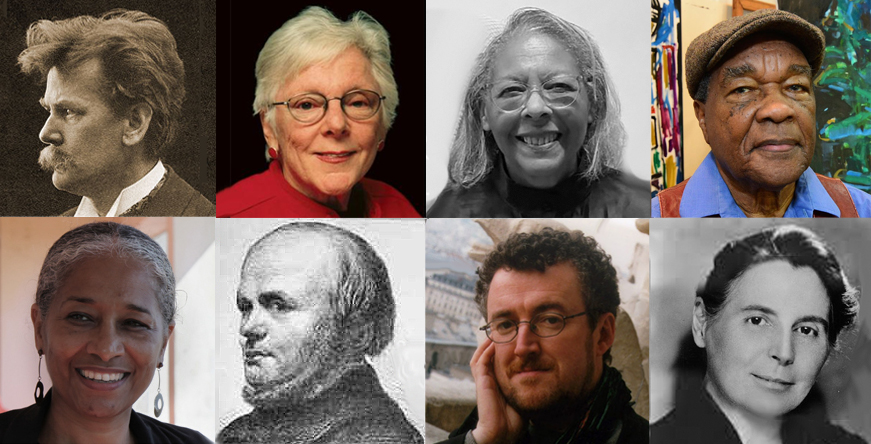Dictionary of Art Historians

WHO IS AN ART HISTORIAN?
The definition of who an art historian is–what constitutes an art historian–differs within time, race, gender and the history of art itself. Typically the Dictionary defines an art historian as someone publishing or lecturing in the history of art. Their work must have been written in the form of a history (not esthetic, for example) or biographical. For the early development of art history or the development of subgroups within art history, these definitions broaden. An early historian of art might not have written or lectured much or at all, but if he/she were seminal to the development to the discipline or its narrative, they are included. Critics, gallery dealers or journalists are generally not included unless they have written a separate history somewhere.
A biographical database of historic art historians of western art. A free, scholarly resource for scholars, students, and publics. Continually updated.
A long-running digital humanities project, the Dictionary began as a set of index cards in a shoe box and has undergone many iterations. Play the video to learn more.
Latest News
- Recording the Past and Looking to the FutureJanuary 29th, 2024 The Dictionary of Art Historians is always striving to improve. Our latest update to our site includes a move from Drupal to WordPress. This transition provides the… Read More »Recording the Past and Looking to the Future
New Entries
-
Tudor-Craig, Pamela
Medieval scholar, architecture preservationist.
-
Wright, Beryl
Beryl Wright was an influential curator and art historian who made great contribution to the understanding of the Harlem Renaissance. Her work consisted of dedicated oral history interviews, public exhibitions,…